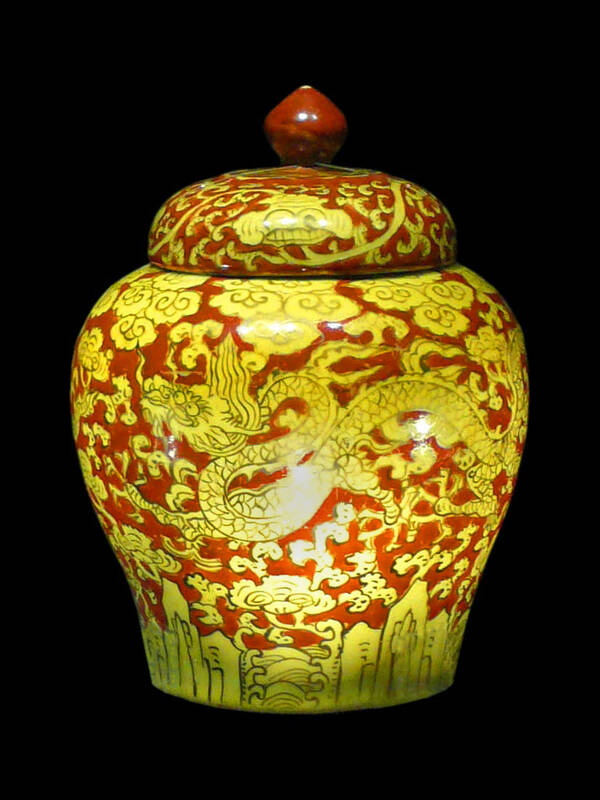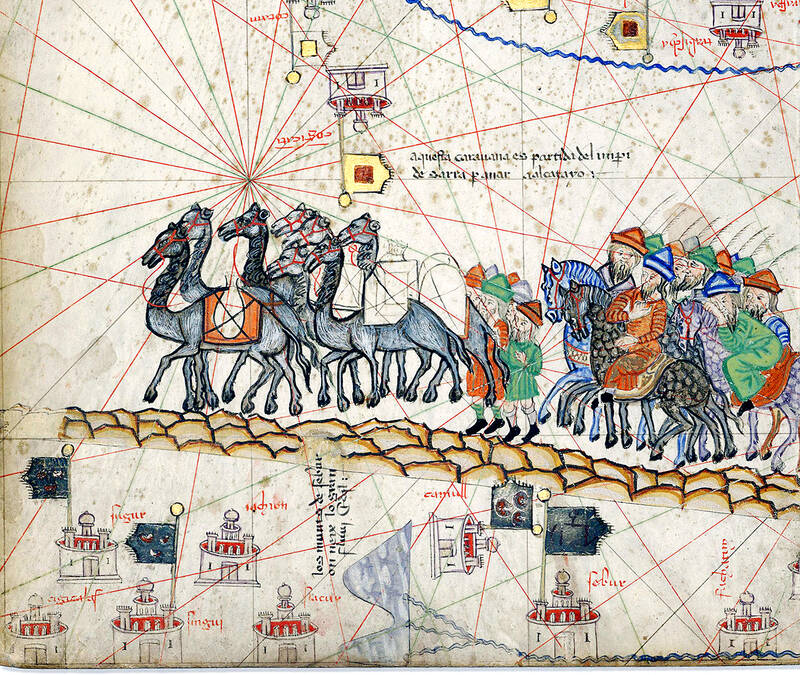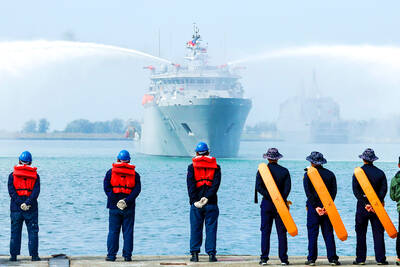Two 500-year-old shipwrecks in the South China Sea, filled with Ming-era porcelain and stacked timber, provide significant clues about the maritime Silk Road trade routes, Chinese archaeologists have said.
The two shipwrecks were discovered in October, and cultural and archaeological authorities have now begun a year-long process of deep-sea exploration and excavation, government officials announced.
Marine researchers found the two vessels in the north-west region of the South China Sea, about 1,500 meters below sea level. The officials said the wrecks were “relatively well preserved, with a large number of cultural relics.”

Photo courtesy of Wikimedia Commons
Experts said one of the wrecks dated back to the Ming dynasty’s Hongzhi period, which lasted from 1488 until 1505. It was carrying a cargo of stacked persimmon timber logs and some pottery.
The other wreck dates back to the Zhengde period of 1506 to 1521. The ship was laden with more than 100,000 pieces of porcelain crockery. Photographs show piles of stacked bowls, plates and jars, with intricate designs still visible underneath the sand and mud.
The archaeologists said the two ancient ships were traveling in different directions, and the wrecks were found less than 20km apart. They said it was the first time vessels returning and arriving had been found near each other, indicating they were traveling on an important trade route.

Photo courtesy of Wikimedia Commons
“It helps us study the maritime Silk Road’s reciprocal flow,” Tang Wei, the director of the Chinese National Center for Archeology, said.
The exact location of the wrecks was not disclosed, but the officials said markers were established on the site.
Chinese archaeological exploration has advanced into deeper waters in recent years, after the 2018 establishment of a deep-water archeology laboratory by the National Center for Archeology and the Institute of Deep-Sea Science and Engineering.
The officials said researchers were taken underwater on Saturday by the submersible Shenhai Yongshi, or Deep Sea Warrior, which can carry people to a depth of 5,000 meters.
There are three phases to the planned research program, with an estimated 50 dives to be conducted between now and April.
“We first need to figure out the condition of the shipwrecks, and then we can draft plans for archaeological excavation and conservation,” said Song Jianzhong, a researcher at the National Center for Archeology.
By mid-June, researchers plan to have assessed the distribution area of both wrecks, put together a widespread data collection and taken archaeological records, extracted some of the relics as specimens and sampled the surrounding seafloor.

March 10 to March 16 Although it failed to become popular, March of the Black Cats (烏貓進行曲) was the first Taiwanese record to have “pop song” printed on the label. Released in March 1929 under Eagle Records, a subsidiary of the Japanese-owned Columbia Records, the Hoklo (commonly known as Taiwanese) lyrics followed the traditional seven characters per verse of Taiwanese opera, but the instrumentation was Western, performed by Eagle’s in-house orchestra. The singer was entertainer Chiu-chan (秋蟾). In fact, a cover of a Xiamen folk song by Chiu-chan released around the same time, Plum Widow Missing Her Husband (雪梅思君), enjoyed more

Last week Elbridge Colby, US President Donald Trump’s nominee for under secretary of defense for policy, a key advisory position, said in his Senate confirmation hearing that Taiwan defense spending should be 10 percent of GDP “at least something in that ballpark, really focused on their defense.” He added: “So we need to properly incentivize them.” Much commentary focused on the 10 percent figure, and rightly so. Colby is not wrong in one respect — Taiwan does need to spend more. But the steady escalation in the proportion of GDP from 3 percent to 5 percent to 10 percent that advocates

From insomniacs to party-goers, doting couples, tired paramedics and Johannesburg’s golden youth, The Pantry, a petrol station doubling as a gourmet deli, has become unmissable on the nightlife scene of South Africa’s biggest city. Open 24 hours a day, the establishment which opened three years ago is a haven for revelers looking for a midnight snack to sober up after the bars and nightclubs close at 2am or 5am. “Believe me, we see it all here,” sighs a cashier. Before the curtains open on Johannesburg’s infamous party scene, the evening gets off to a gentle start. On a Friday at around 6pm,

A series of dramatic news items dropped last month that shed light on Chinese Communist Party (CCP) attitudes towards three candidates for last year’s presidential election: Taiwan People’s Party (TPP) founder Ko Wen-je (柯文哲), Terry Gou (郭台銘), founder of Hon Hai Precision Industry Co (鴻海精密), also known as Foxconn Technology Group (富士康科技集團), and New Taipei City Mayor Hou You-yi (侯友宜) of the Chinese Nationalist Party (KMT). It also revealed deep blue support for Ko and Gou from inside the KMT, how they interacted with the CCP and alleged election interference involving NT$100 million (US$3.05 million) or more raised by the